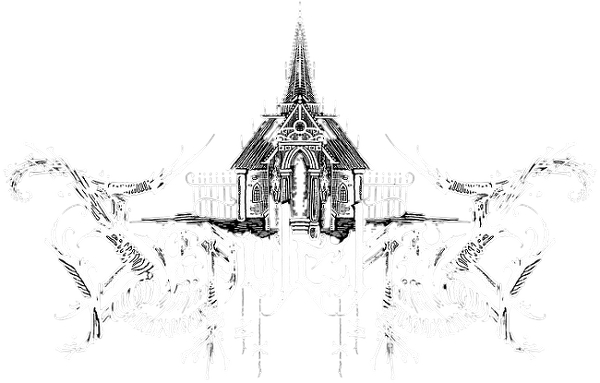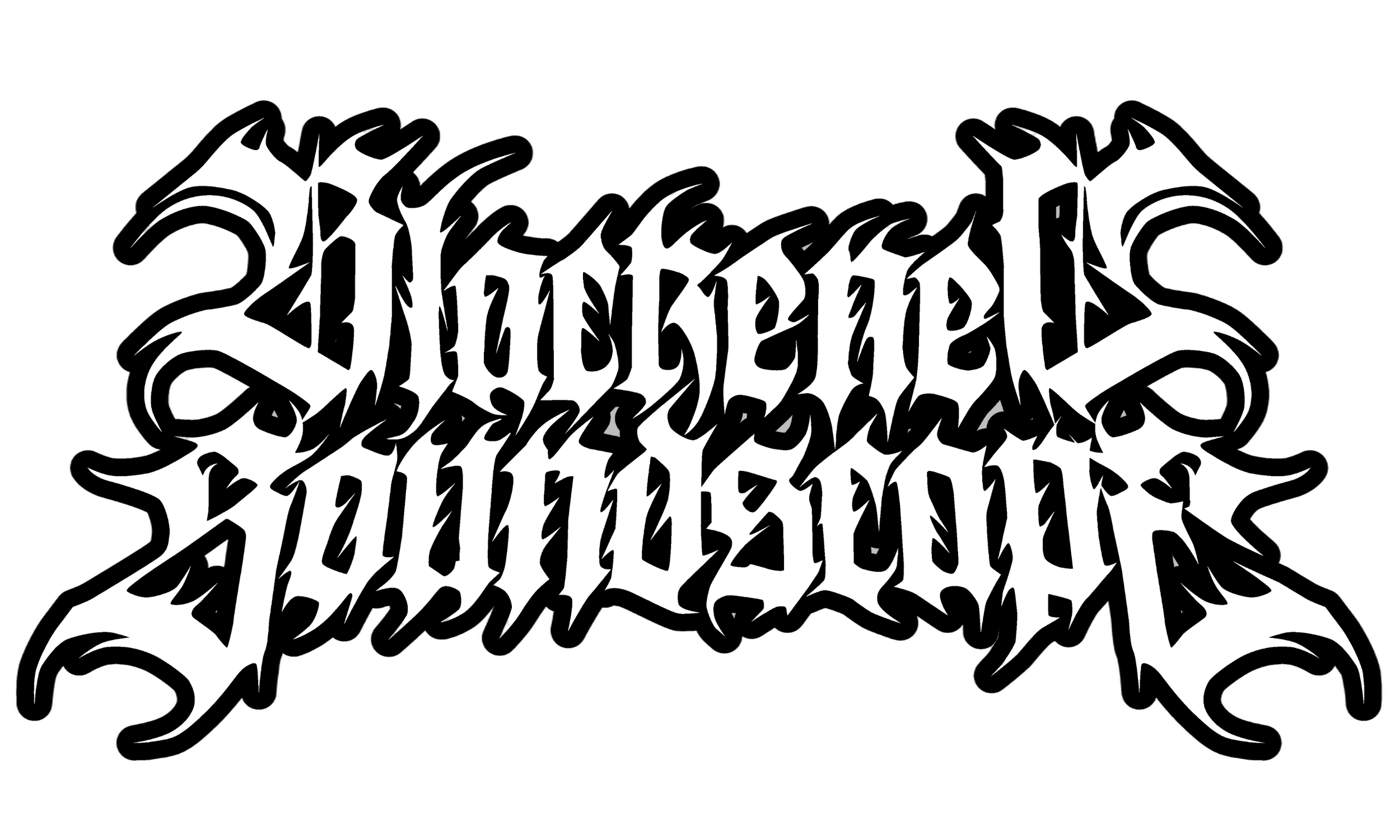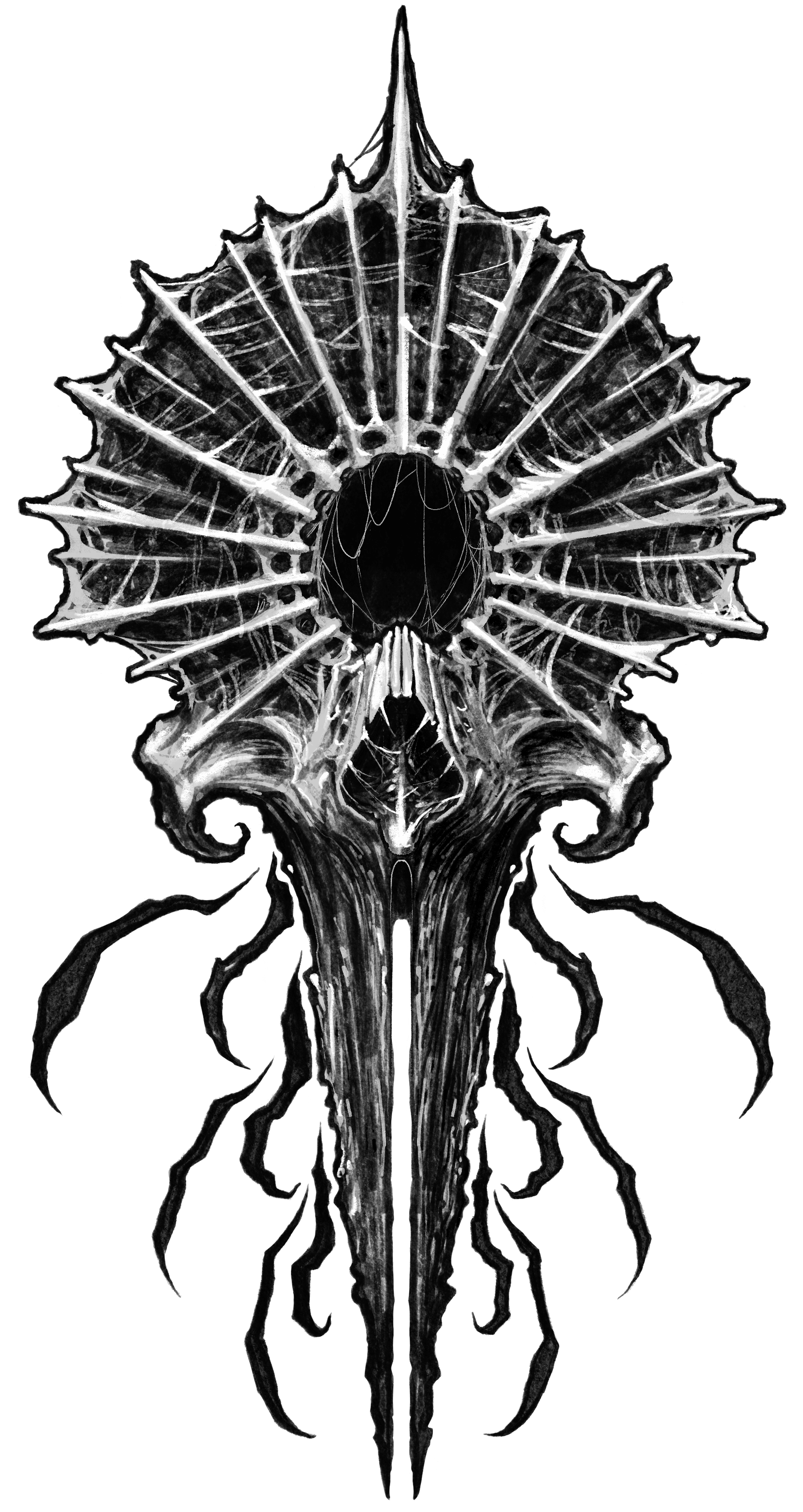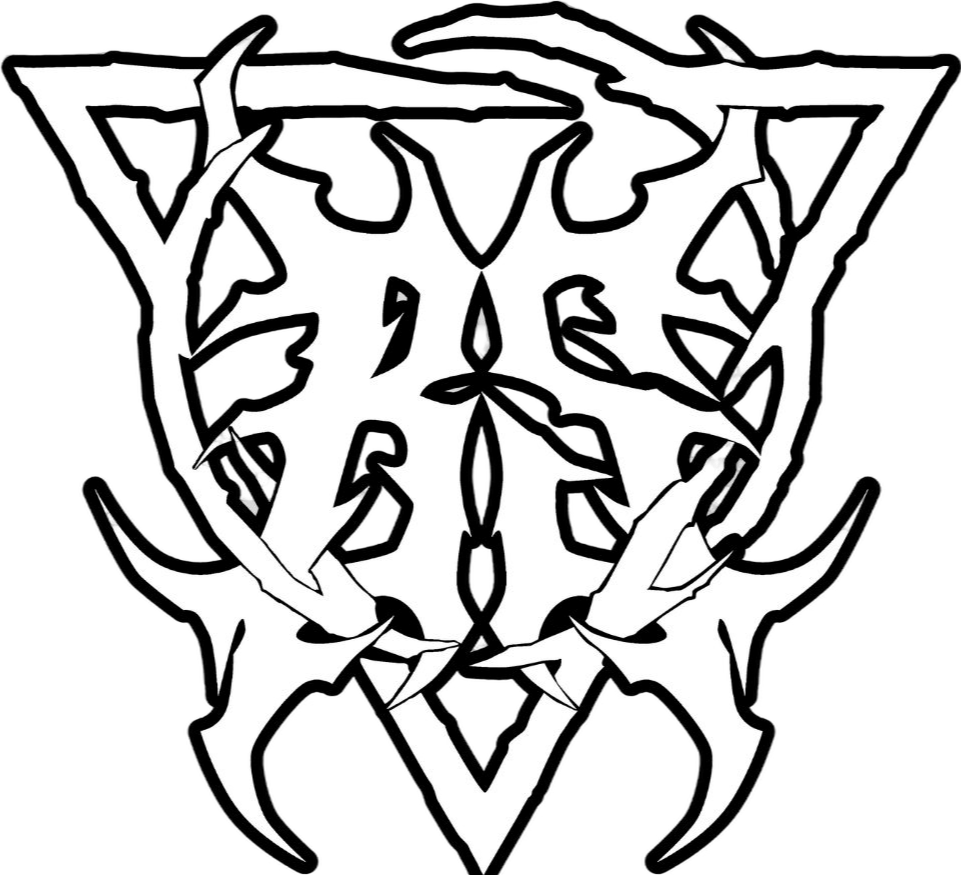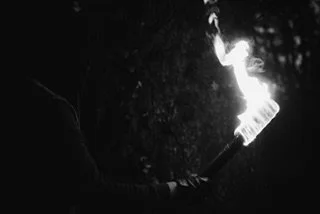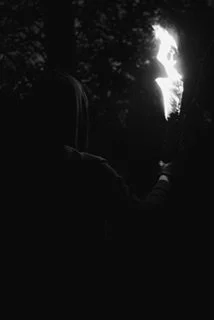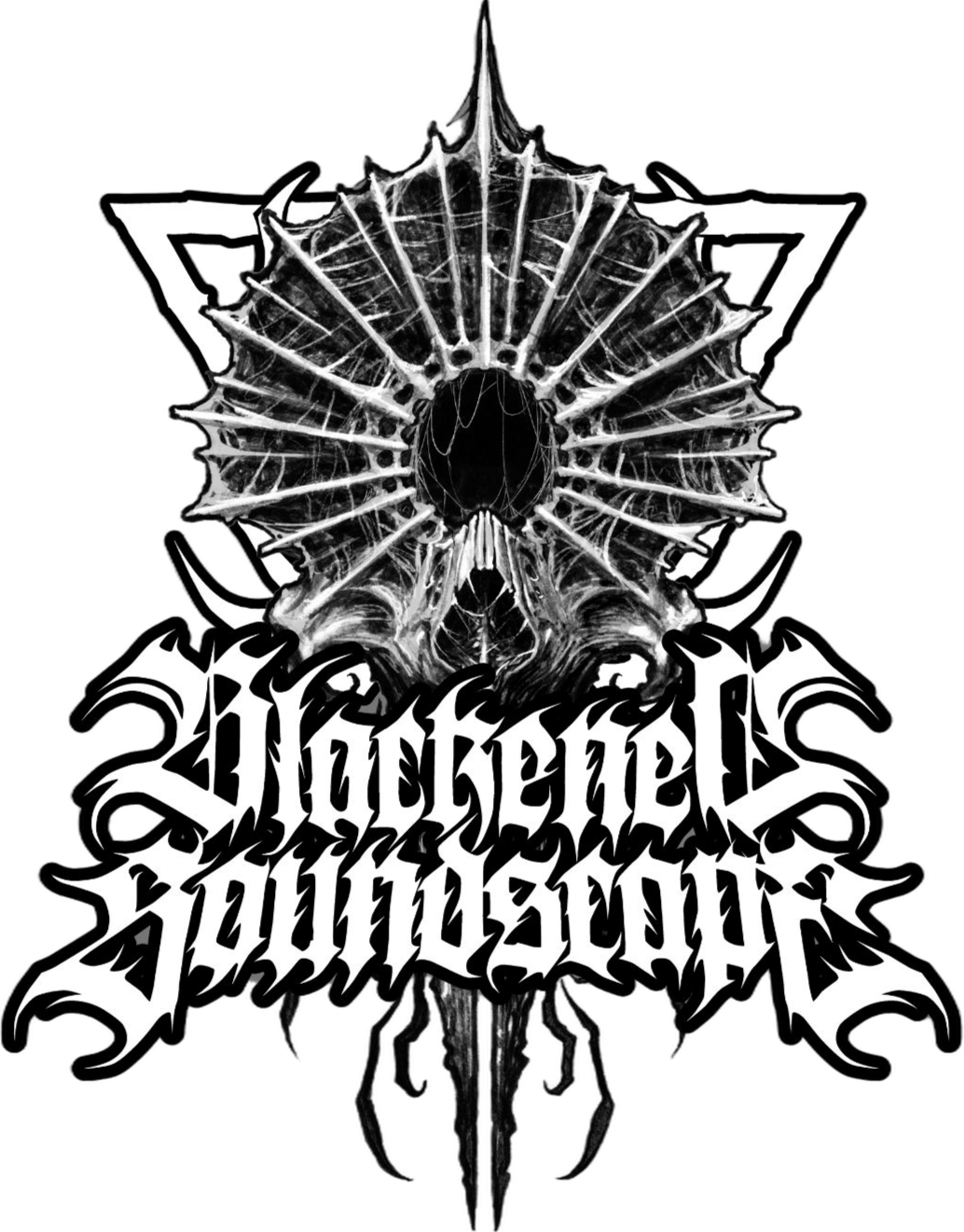Today I’m lucky enough to have the man behind Sepulchre answering some of my questions. For those who don’t know, this marks Sepulchre’s debut.— an album I find myself revisiting multiple times a week since its release. Honestly, it seems to get better with every listen.
There’s something truly magical woven into the Sepulchre sound, and I’d encourage everyone to experience it for themselves.
Why the name Sepulchre?
I had a dangerous health scare years ago that changed how I look at life in general. The whole experience made me aware of death, and I wanted the project to refer to that time in my life, so I decided on the name. A sepulchre is basically just a structure used as a burial place to hold the dead. So, essentially this project is like my creative sepulchre.
There is really quite little information on you via Bandcamp and Metal Archives. Can you tell people who might be reading a little about yourself in regards to how/when you got into music and what the process was for starting this project?
I’ve been surrounded by music my whole life from my parents. My mom was a multi-instrumentalist who played piano, flute, guitar, and was also an amazing singer. My dad had a wide eclectic taste in music from classic rock to movie scores, so it was just always around me and helped shape my own taste.
I’ve played keys (which is my main instrument actually) since I was 9 or 10 and picked up guitar at 16. I started writing rather late in my early 20s and had never been a vocalist of any kind until this project actually.
I discovered metal and black metal very randomly through YouTube more than anything else in my early teens. The first black metal album I got into was Dimmu Borgir’s Enthrone Darkness Triumphant. I soon also discovered Emperor, Darkthrone, Dissection, and a ton of other great bands. I learned the origins of the genre through online research and from then on I was just hooked.
As far as how this project started, I was not in a good place mentally about 5 years ago, and I had thought about quitting music altogether. I didn’t practice or write anything for a solid couple of years as a result. Finally, I reached the conclusion that the fear of quitting was greater than the thought of failure. I then decided that I would continue to at the very least make some albums in a new project that I would be proud of looking back — and let the chips fall where they may.
As of right now, it’s just a studio project, though maybe one day it’ll be a full band and play shows. We’ll have to see on that.
The web states you play keyboard, vocals, and songwriting — but who handled guitar and drums on this album?
The guitar work especially stood out to me, with some really distinct and beautifully written melodies, particularly those mystical tremolo-picked sections. Can you tell us more about who played those parts and how they contributed to the sound of the record?
Guitars and drums were played by former bandmates of mine, whom I’m eternally grateful for in helping the album sound the way it should. While I wrote all the guitar parts except the solos, guitars were recorded by my friend Drew Creal, since he is a far better guitar player than I am to say the least. He has quite a lot of talent, so I knew he could play whatever I threw at him pretty easily.
Drums were again mostly programmed by me in the initial demos, but they were recorded by another friend, Wes Thompson. I’ve been in different bands with him for 6–7 years, so I know his playing quite well. He’s an exceptional drummer who also plays whatever I give him and made little changes to the parts that helped elevate the songs even further. The album definitely couldn’t have been possible without them.
Where was the album recorded, mixed, and mastered — and who did it?
The album was recorded at different places: my home studio, drums at Phoenix Studios here in Nashville, TN, and vocals at my friend Sean Conklin’s place. The album was mixed by me this spring and then mastered by Seger Rauls at Phoenix Studios.
From start to finish, how long did this album take?
Yeah, definitely a while. I’d say about over 3 years from about mid-2022, though a couple riffs are probably even older than that. The songs and arrangements definitely changed a lot over time from the initial demos.
Being a debut, the album was a challenge in that you’re figuring out on the fly how to get it finished — from budget, artwork, logo, finalizing parts, and then changing them last minute (which I did for a couple of them actually). There were a lot of times where I felt like no progress was being made, but you have to push through and have this stubborn belief that it’ll all come together in the end.
Tennessee isn’t the first place people think of for black metal. How has your local scene (or lack of one) shaped your music?
Yeah, there are definitely some good bands out here like Inferi, Oubliette, Threnodian (Wes Thompson is the drummer in that band as well). The biggest band from the state by far is Whitechapel, who are a pretty good example of what you would expect to hear at most local shows.
All the people I’ve mentioned before that have helped on this album come from the local scene, so I think that speaks for the talent that we have here.
The extreme metal scene here is quite small though, and can feel like you’re very out of place. I think it motivates me by just focusing on what I want to do. Black metal is ultimately about following your own path as an individual and doing your own thing — without being overly concerned with how it’ll be received at the local battle of the bands, for example.
The ending track “Psalms Unto Caesar” was a top-tier track, starting out beautifully and calming, with lots of ambience overlaying. How do you approach writing these introduction sections?
Basically, I wanted to have this old world feel and capture the atmosphere and depth I wanted for this track. I specifically wanted it to be a bit different from the other songs — not dramatically, but enough to have its own space to shine since it is the title track.
I started messing around with different ideas by hitting record and just seeing what happened naturally and what resonated before deciding on the melodic motif that’s on the song. The instrument used in the intro and throughout the song is a mountain dulcimer, a very common and old folk instrument used in this region of the USA. I like using unusual/non-standard band instruments because it forces you to write differently than you would on guitar or keys. Definitely want to do even more of that going forward.
From there, I wanted the track to quietly build up by adding different layers to the big drop that happens when the band instruments come in. Some last-minute additions to that were the breaths and whispers to add some mystery. Little details like that aren’t all that awesome by themselves, but combined in context with the other elements, they make a big difference.
When the intro part comes back in later in the song is where I added percussion and the spoken Latin part. If I repeat a section, I like making it a little different from the first time it appeared. I think the key when doing these ambient sections is to not overdo it — which is very easy to do — and let it breathe while also building it up and adding tension. It’s a challenge for sure, but I enjoy doing them.
Let’s talk about my favourite track on the album, “Hail as Gods.” For me, it stands out because it carries this strong sense of mysticism, flowing from beautiful passages into almost magical melodies. What was the inspiration behind this track, and how did you shape that atmosphere during the writing and recording process?
I’ve mentioned this before but Hail as Gods was an absolute pain in the ass to finish and was definitely the problem child of the album. I’ve also heard a lot of people say it’s their favorite too, which is awesome to hear because it’s probably mine too for how hard I worked on it.
The inspiration was me mocking the fact that we as humans often exalt the absolute worst of us with the loudest voices — who then “stand on the graves of greater men,” to quote the song.
The song started out with the simple guitar riff in the beginning, and then the subsequent keys on top. I felt something immediately once I listened to the demo and knew something was there just from how it made me feel. If I don’t get excited when listening to a song, then why should I expect anyone else to? That’s my main reference when deciding which demos are worth finishing.
The main problem was the arrangement because I had a lot of ideas but there was no cohesion between them. I eventually threw out a lot of riffs, simplified the arrangement, and brought the riff at 1:03 back a couple of times at the end of riffs. It helped anchor it back to the main riff, which becomes fully realized at the end with the solo — my favorite one Drew did on the album by far.
The ending was also going to be something else after the solo, but I decided to keep it simple and let the atmosphere do the work. The main lesson to take from this is that experimentation is necessary, but oftentimes keeping it simple is the best approach. Sometimes that’s hard to accept, but we all can’t be Dream Theater.
As someone who’s really into album artwork, I find the cover for Psalms Unto Caesar really gripping. It feels like it perfectly suits the themes of the music. Can you tell us a little bit more about the artwork and how it came together?
I’m laughing a little because it was kind of a last-minute panic thing that was done like 2–3 weeks before the release date. In short, I had planned on using a painting in the public domain that’s rather famous, but found out that it had already been used by another band that I didn’t know all that well.
I didn’t have any money left to commission someone to make one, so I did the old DIY thing and made it myself in less-than-ideal software with a lot of experimentation. The image of the hand holding a torch is a photo taken by Wes’ wife Jess Thompson, who’s an amazing photographer and also took all the promo photos.
I played around with different layouts and arranged the layers until I got it to where I liked it. The torch and knives refer to lyrics in the album, so like you said, it fits with the main theme of the album quite well — which is anger and defiance towards people as a whole.
What’s next from Sepulchre, and what does the future hold for fans like me?
The next step is to continue working on new music here soon since winter is coming, and it’s a great time of year to work on some black metal. I’m hoping for a quicker turnaround on the next album, but ultimately it’s going to depend on how quick the material comes together.
From there, we’ll just have to see :)


